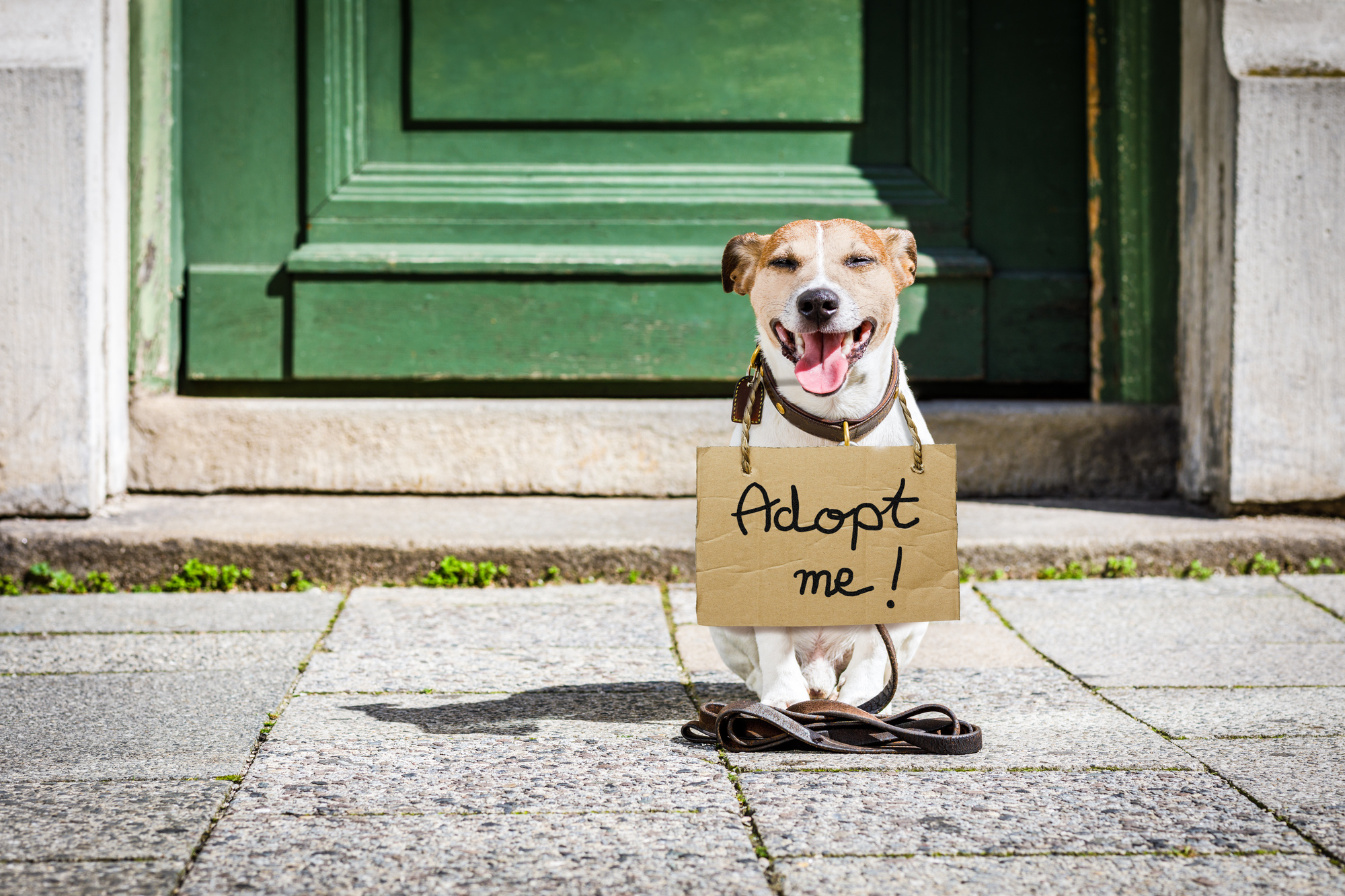Did you know that approximately 6.3 million animals enter shelters each year? Currently, 3.1 million of those are dogs, and 3.2 million are cats.
No matter what type of pet you decide to adopt, it’s important to understand how you can best care for them. That means searching for signs of trauma, and then working to help them through it. Having a traumatized pet can be a lot of work, but it’s rewarding in the end, and worth every minute.
Luckily, we’re here to help you learn more about helping a rescued animal. Read on for everything you need to know.
What Events Can Inflict Trauma?
Remember, most rescue pets have been dropped off at a shelter by their previous family, spent time there, possibly spent time in several foster homes, and then found you. There are a lot of steps rescue pets have to take before reaching their forever home, and sometimes they’re subjected to much worse before you adopt them.
The stress that comes with relocation is already a lot, but other experiences can weigh heavily during this time and a lot of emotional responses can come out. Pets with severe trauma are only going to be more stressed.
Signs of Anxiety
There are some key signs that point to stress for your pet. Here are a few of the most common:
- Separation anxiety
- Excessive barking or meowing
- Fear of noises, people, or other animals
In many cases, when pets exhibit these behaviors, they feel like they’re caring for us or themselves. Their protective side comes out and if the behavior isn’t corrected it can become a regular response.
Aggression
Aggression is another form of anxiety, but its symptoms look different from others. Here, you might notice things like:
- Nipping, biting, or scratching
- Growling
- Barking or lunging at others during walks
- Obsessive or destructive behavior
If, as a pet owner, you’re anxious about these behaviors, your dog is going to take notice. As a result, they might start exhibiting more aggression or anxiety, and the behavior is going to be harder to control.
Will They Ever Feel Safe?
The short answer is yes, they will feel safe at some point. It’s hard to know how long that can take, though. It all depends on the pet’s history, triggers, how they deal with it, and how you help them through it.
At a minimum, it can take your pet a few weeks to decompress and feel relaxed. Cats might hide under the bed or in small corners, while dogs are likely to be more vocal or try to find larger hiding spots where they feel safe.
How to Help
Your animal doesn’t have to suffer in silence, though. In fact, there are a lot of different ways you can help them adjust and learn to work through their anxiety.
Create Safe Spaces
When creating safe spaces for your animal, it’s important to ensure nothing bad happens to them while they’re in it.
For dogs, a specific training spot is great for getting to know each other. Placing blankets over their kennel and giving them a warm, cozy place to retreat when they need a break is essential when introducing them to your home. Dogs feel safe in dens, and their kennel can start to feel like that for them.
Having them sleep in their kennel when they’re adjusting is also a good idea. It helps keep them safer when you’re asleep at night or when they’re alone.
For cats, this could look like a tower in front of a window, or making the places they go to hide a retreat. Like a dog’s kennel, cats find small nooks to sleep in whether they feel unsafe or not, and giving them spaces to call their own throughout your home lets them know they’re safe.
Give Them Choices
Choices are essential for both dogs and cats.
This is especially true with their safe spaces, but you can find other choices to give them throughout the day. This could look like letting your dog choose which way to walk at the end of a street, or letting your cat offer their paw when the time comes to trim their nails or perform some other grooming task.
For their safe spaces, try to provide as many beds, towers, scratching boards, litter boxes, or even simple blankets and towels for them as possible. When they have a specific corner in each room they can call their own, it teaches them boundaries and helps with potential confusion.
Dogs, especially, need specific instruction to thrive in their environments. Without it, training becomes a lot harder, and they never know whose in charge. As a result, they’ll try to step up to fill the role and, after that, things can become a lot more difficult to work through.
Move Forward
Most importantly, remember your animal is more than their trauma. It doesn’t need to be a defining moment in their life.
While they might struggle to adjust when you first bring them home, it’s not going to be like that forever. Strive to create a structure for them so they know what to expect, and you’ll notice things paying off in no time.
Help Your Rescued Animal
When you make the choice to adopt a rescued animal, you’re also committing yourself to their past. Whether they’ve experienced trauma or not, it can take some time for you both to get used to each other. Remember to prepare your home and everyone in it for the newest family member, and don’t rush the process.
In most cases, your adopted pet will fit in well at home. Luckily, we’re here to help. Contact us today to start learning more about your animal and their story.




